
New Year’s Musings: Part One
Why I Like “Intentions” Better Than “Goals or Resolutions”
It’s that time of year again, the time of resolutions and new goals. You know how it goes. You’re all excited for that big new goal and you get going right away in the new year. And then, in about 3 days, you give up. Some of you might last longer than that, but my guess is that very few new year resolutions actually come all the way true.
The problem is with how they’re created.
Often, we make new year’s resolutions out of some sort of disappointment in ourselves, not feeling like enough, or from a place of lack.
For example, how many people can you name right now who every year set a weight loss goal? They feel bad that they’ve either gained weight or haven’t yet lost previously gained weight, so THIS IS THEIR YEAR!
Can you see already how setting a goal from a place of shame, disappointment, or struggle might not be optimal?
And, I would add that most of the time when people come to see me in my clinic to help them with their new year’s resolution, the goal is often WAY too big to actually be able to attain.
This is why I like the word intention better.
The dictionary definition of intend is to, “have a course of action as one’s purpose or objective; plan”. So, an intention is, “a thing intended, an aim or plan”.
Did you know that in medicine intention means, “the healing process of a wound”?
Intention works so much better because often underneath our new year’s resolution is some sort of healing that needs to take place.
If we look at what we intend to create in our lives and we’re willing to see that some sort of healing might need to take place to get it, doesn’t that seem like a better way to go about it?
After working with thousands of women (and many men, too!), I see how much healing needs to take place when it comes to acceptance of ourselves and particularly of our bodies.
When we set a goal about weight, go on a popular diet, or restrict our eating without intention (and healing), it’s no wonder we can’t reach that goal.
What if…
What if you gained weight because of stress, but you’re not doing anything to reduce stress or support your body in it’s ability to manage stress more efficiently? Do you think boot camp exercises or a highly restrictive diet are going to aid your body in this process? You’re very likely going to make things worse or hurt yourself deeply.
What if you love sugar because you were rewarded with sugar whenever you were a “good girl” or every time you had fun with your family? Of course, you want sugar. Cut yourself some slack. Maybe your intention is to find new ways to reward yourself when you’re celebrating or for having fun, instead of eating sugar. Fulfilling your deep inner need will bring you much more joy than sugar, but sugar works too, so be sweet to you.
What if you’ve gained weight because of an underlying health issue and you’re refusing to go in and get checked out. Maybe it’s not as complicated as you believe it might be? Maybe there are some simple shifts you can make in your life to overcome this? You won’t know unless you find out.
What if you gained weight because it’s the natural course for your body? What if your body is beautiful just like it is? The deeper healing here is acceptance of her for who she is.
It always happens this time of year and this year, I want you to hear:
You are beautiful. If your body is not feeling optimal for whatever reason, come in and see me or see someone else, just get support.
And, as you set your intentions for the new year, I hope you’ll set ones that work FOR you and not AGAINST you and that you’ll be willing to look for the healing underneath.


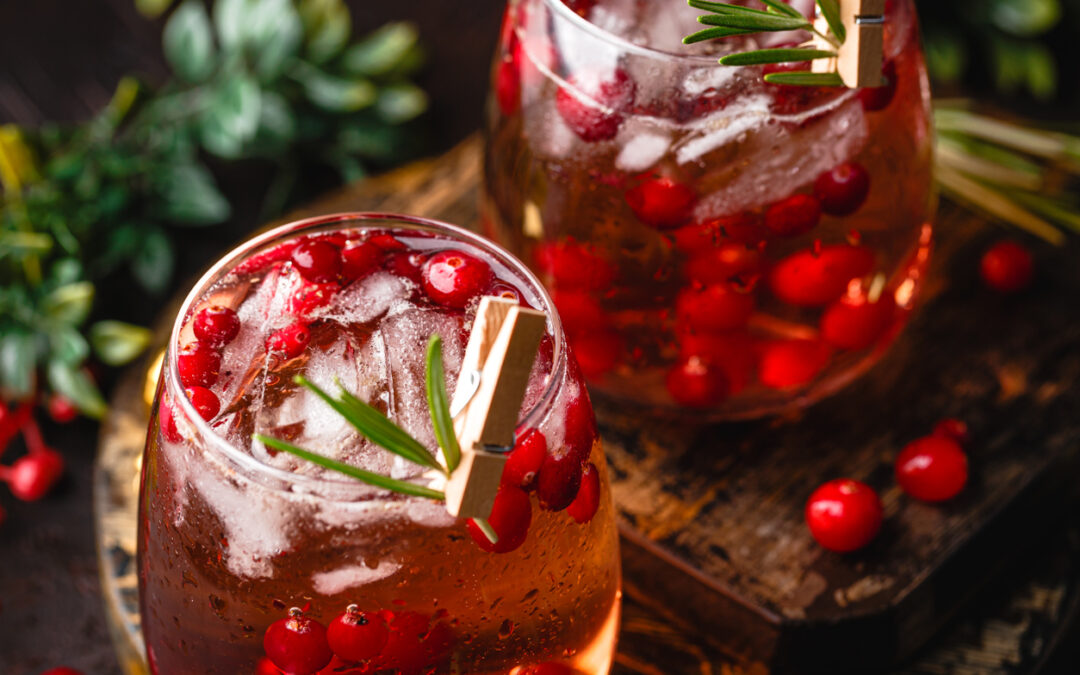


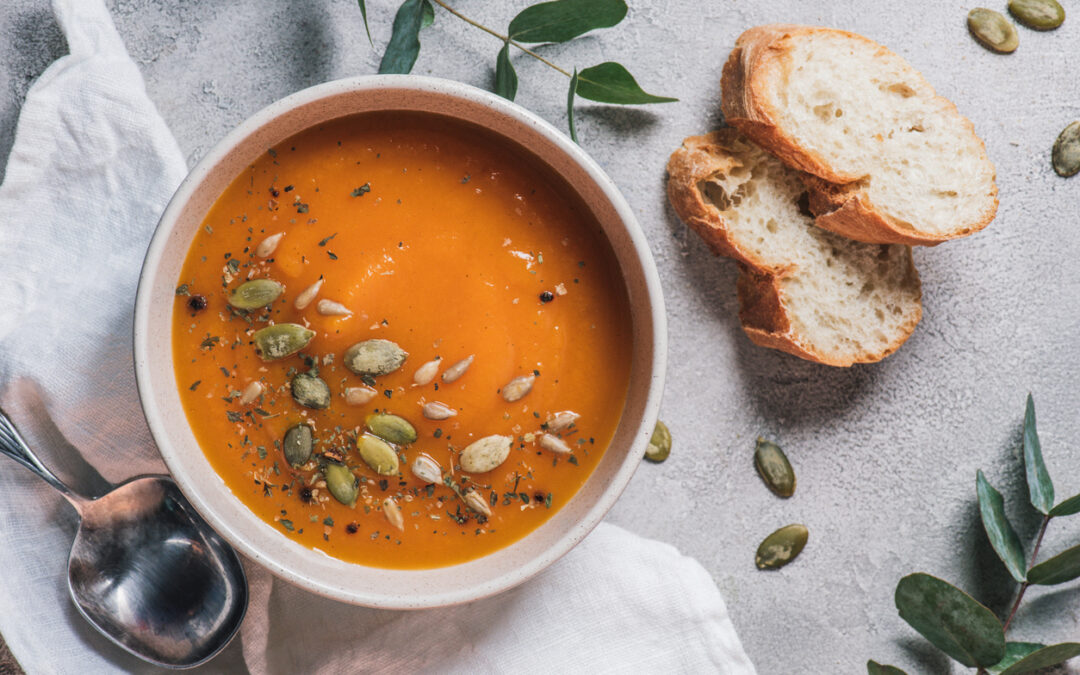
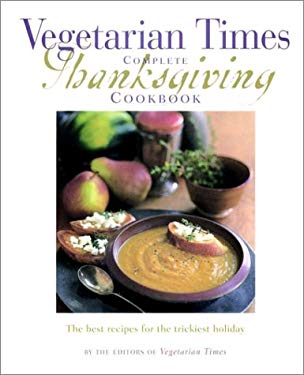
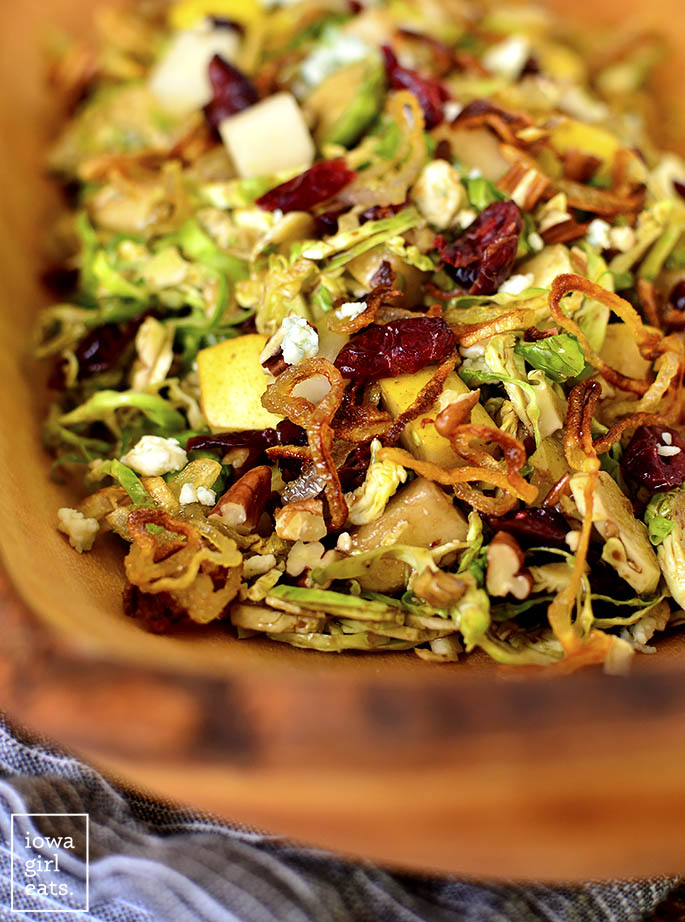
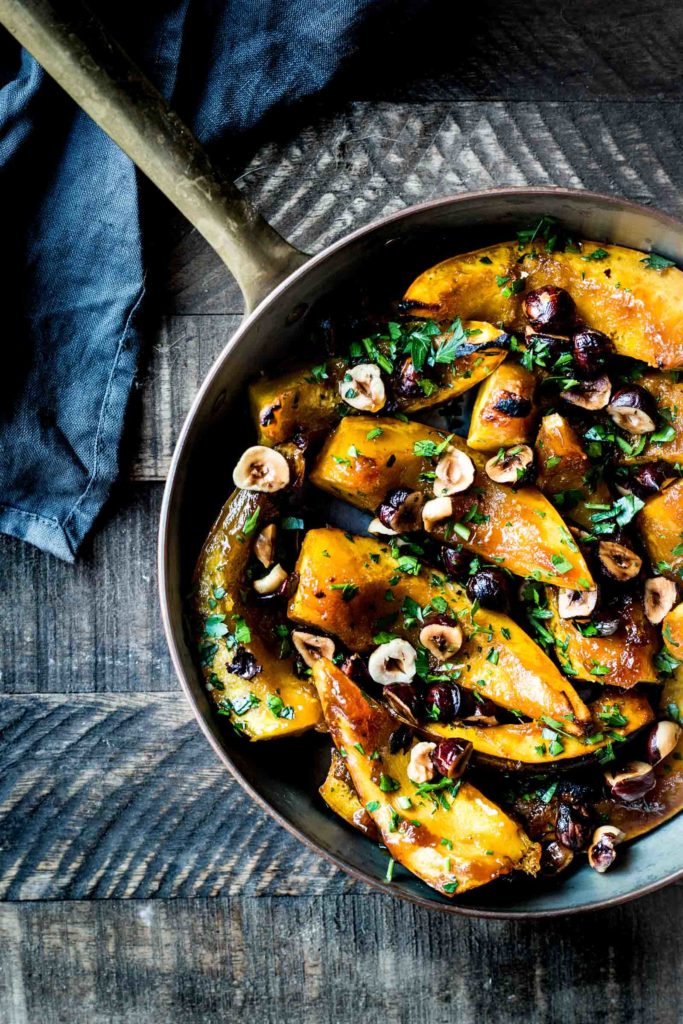
Recent Comments